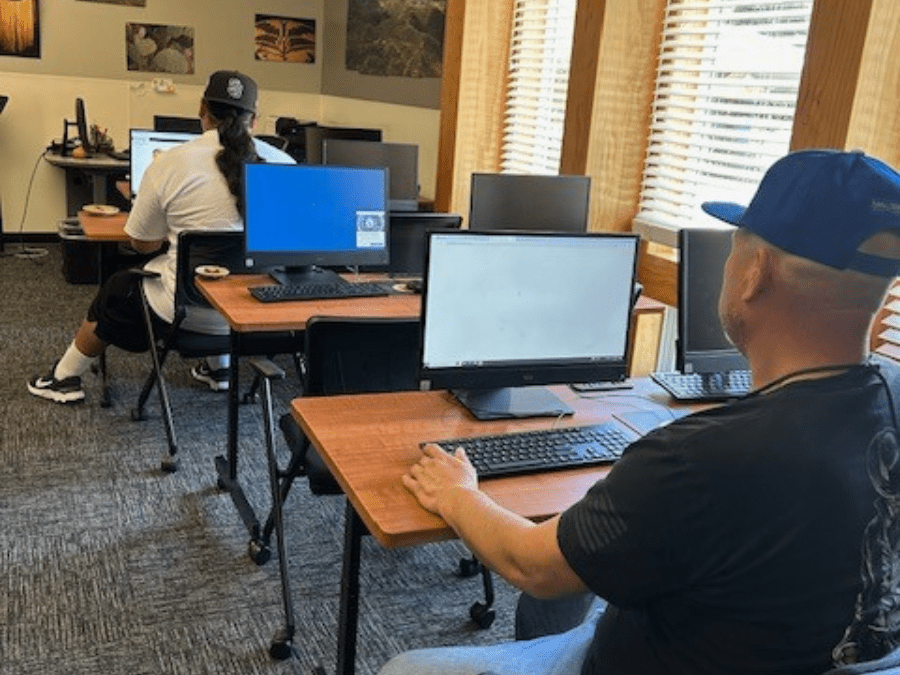The dog days of summer are upon us again in Washington. Congress is nearing its August recess, and the traffic clogging Massachusetts Avenue is finally starting to abate as Washingtonians depart for vacation. Despite the heat and humidity, however, all broadband mapping hands are on deck as carriers prepare to submit the first-ever location-specific fixed broadband data to the FCC. These maps will underpin the distribution of the $42 billion in Broadband Equity, Access, and Deployment (BEAD) Program funds, allowing states to precisely target locations that do not have adequate broadband speeds for subsidized build-out. Together with the BEAD funds, these location-based maps will help ensure that high-speed broadband is available for all Americans.
The clock is ticking. We’re now less than four weeks away from the inaugural submission of improved mapping data mandated by the Broadband Data Act and implemented under the FCC’s Broadband Data Collection (BDC) program due on September 1. To successfully bridge the digital divide, policymakers and industry need to know with precision where broadband is, and, more importantly, where it is not. To their credit, Congress and the FCC have made broadband mapping a clear priority. As the deadline approaches to submit broadband mapping data pursuant to the new rules, it’s important to acknowledge the immense amount of work that was needed to take this initiative from a concept to reality.
For our part, AT&T will continue to play its role in getting the Commission’s new maps off on the right foot. From the early days of conceptualizing the nationwide serviceable location Fabric to advocating for updated mobile mapping parameters, AT&T has been at the forefront of modernizing our nation’s broadband maps, and we look forward to continuing to be a leader throughout the BDC process.
The Commission has also done an extraordinary job educating carriers and creating mapping materials, tutorials, and webinars, allowing AT&T’s subject matter experts across multiple business units to actively engage in preparing for the September 1 filing. The Commission’s resources and early portal access have allowed carriers to test drive the platform and provide feedback on its performance. At the same time, we know this is not a “one and done” effort. One of the most revolutionary features of the BDC is that the process does not end with carriers submitting data. Unlike the outdated Form 477 submissions, these new maps come with a feedback loop that will ensure the data is always improving. Anyone who spots a mistake can submit a challenge and trigger an update to the underlying location Fabric or a provider’s availability maps. We will all have a shared opportunity — and even a shared responsibility — to turn these maps into the best, most accurate view of broadband availability.
We look forward to September 1 and what it means for bridging the digital divide. This submission represents a significant step closer to broadband for all Americans. We congratulate the Commission for the work it has done to get the industry to this momentous point, and look forward to seeing the mapping results.




